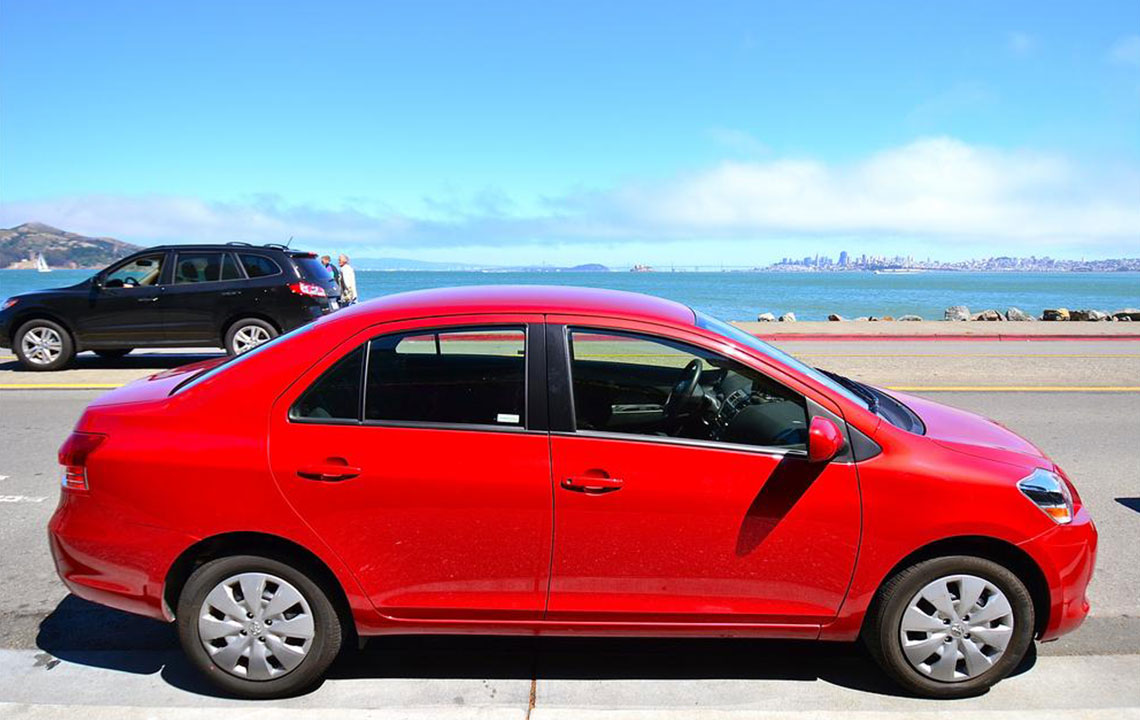Essential Tips for Leasing a Vehicle
Leasing a vehicle offers flexibility and prestige without ownership burdens. Key considerations include understanding insurance requirements, coverage costs, and the responsibilities tied to leased cars. Proper planning helps ensure a smooth leasing experience, especially regarding insurance obligations for newer, higher-value vehicles.
Sponsored

Opting to lease a car is a popular choice among many Americans, especially those aiming for luxury or higher-end models without committing to ownership. Whether driven by lifestyle, aspirational goals, or business branding, driving a stylish vehicle can shape perceptions.
Many prefer leasing over buying to avoid large upfront costs, credit limitations, maintenance responsibilities, or simply to experience new models frequently. Understanding the financial commitments and responsibilities involved is crucial before signing a lease agreement.
One critical aspect to remember is that leased cars require proper insurance coverage. Unlike purchasing, the insurance isn’t included in the lease payments, so securing appropriate coverage is your responsibility. Confirm with your insurer that the policy accommodates a leased vehicle to avoid complications later.
Since leased cars tend to be newer and more valuable, insurance premiums are generally higher. Leasing companies usually mandate comprehensive, collision, and liability coverage that exceeds minimum state requirements, so prepare for increased insurance costs and coverage obligations.






